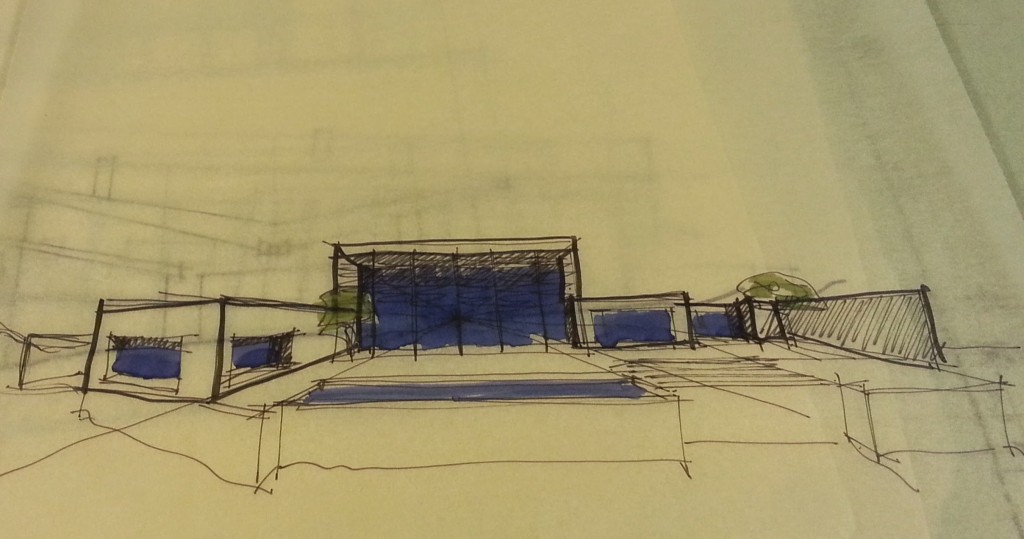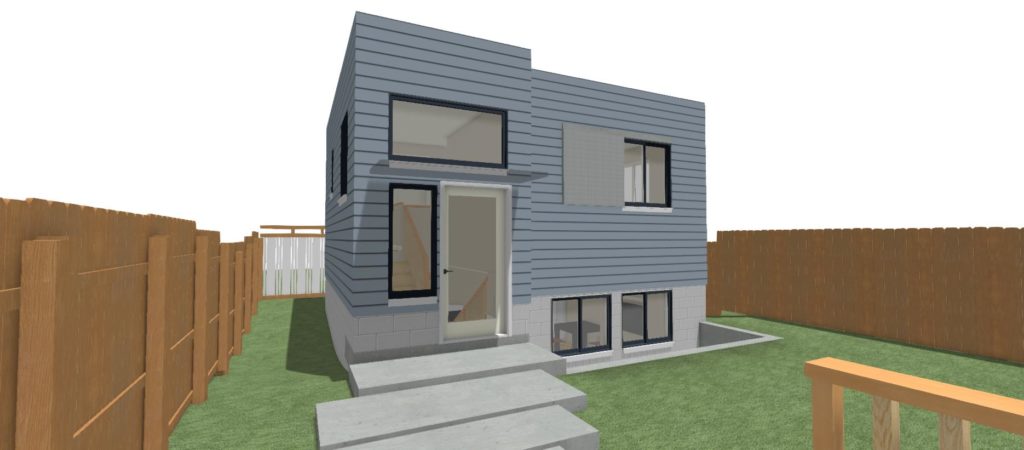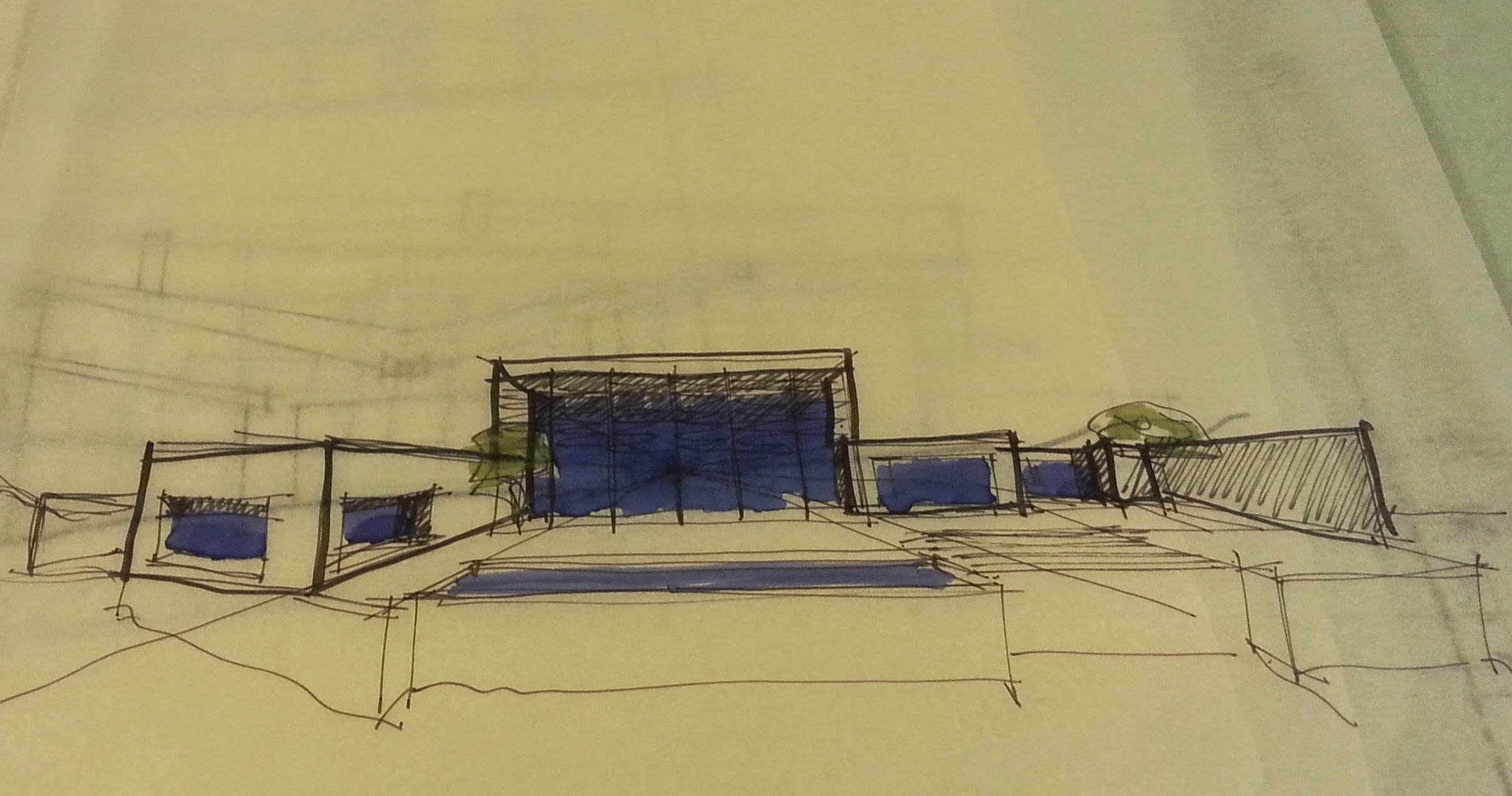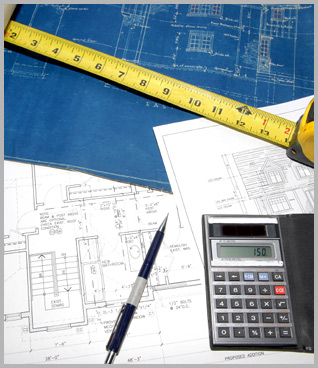The question is often asked, if not out loud, at least in people’s minds, “what does an architect do?”
Most of us don’t have any experience dealing with architects. Sometimes we see them on TV or in the movies.
The work in barns and talk to horses (Mr. Ed), or the work at home and raise lots of kids (Brady Bunch). Or they live on house boats and fall in love (Sleepless in Seattle). Or they tell and endless story to their kid about meeting the kid’s mother (How I Met Your Mother).
But what do the actually do?
At our best we are experienced guides who help our clients get the buildings they want (or as close to it as they can afford and is allowed). We are skilled problem solvers, talented designers, experienced project managers, construction savvy, and know how to keep bureaucrats satisfied.
This is the first in an intermittent series of posts about what architects do.

Architects Make Drawings
Most people know that we make drawings of buildings.
And we do.
We make little diagrams of how we might solve a design problem. We make other drawings to describe solutions to clients, city’s, builders, and others. The drawings are tools we use to communicate. Some of them are simple squiggles on paper that are only meaningful to ourselves. Some of them are careful, measured drawings of potential solutions. Others are beautiful renderings of buildings used to sell the idea. And then there are the construction drawings, which many people refer to as “blue prints”.
Making drawings is only part of what we do.

Architects Specialize
Architects also are knowledgeable about various types of buildings. Like most professions, most architects specialize in certain building types. I specialize in residential additions, remodeling, and accessory dwellings.
I used to work for firms that specialized in buildings for science: teaching science, researching science, as well as pharmaceutical manufacturing. Within that firm there were architects who specialized in laboratory planning. Another firm I worked for specialized in, among other things, shopping center design. Some architects specialize in school design, hospital design, and every other kind of building you can imagine.

Specialized knowledge of specific types of buildings means we have deeper knowledge of the needs of our clients for those kinds of buildings. We also have more experience resolving the issues and challenges that are typical in those specific types of buildings. This means we can design these projects more efficiently.
We are familiar with the requirements for the activities typical for our specialty. We are familiar with the applicable building codes, and planning codes. We are familiar with the construction methods typical for our specialty. (Building a house is very different from building a factory.)
We use our specialized knowledge to help our clients throughout the project process, from the very start, when our clients are trying to figure out how to solve the problem they have, through designing, getting permission from the city to build, right through construction.
I use my knowledge about house design and construction, and my experience adding on to and remodeling houses that were built anywhere between the late 1800’s to today, to help my clients transform their problem houses into their dream homes.
In future posts in this series, I will be writing about the other things that architects do for their clients.





